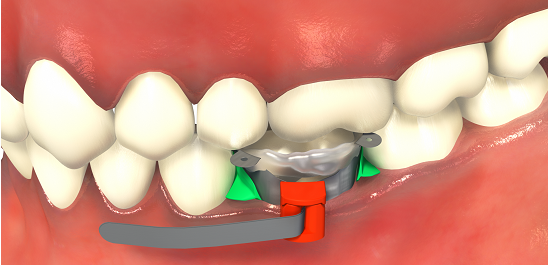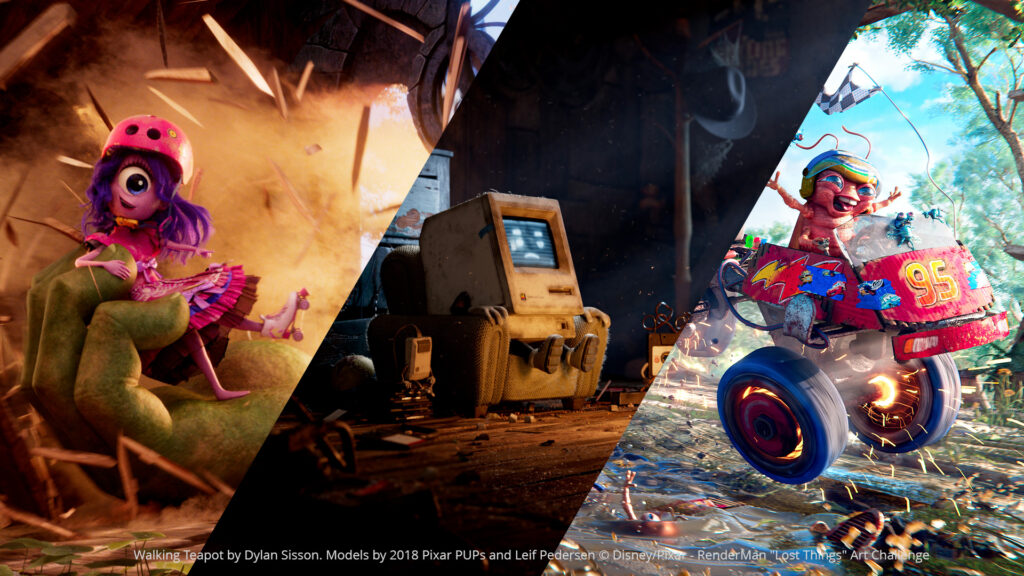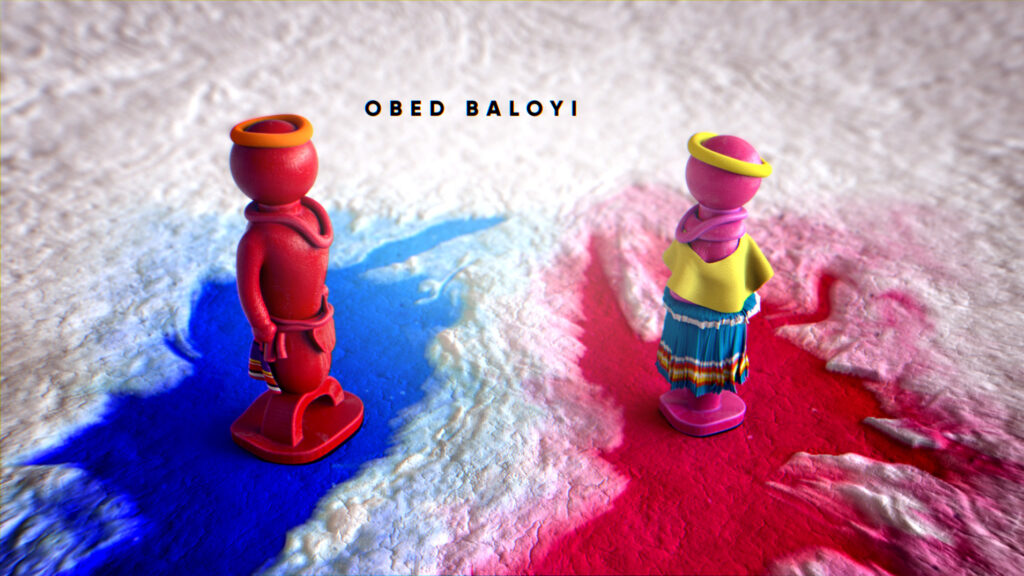Expert’s words: Peter McDonald, 3D / CAD animation designer for Rhondium
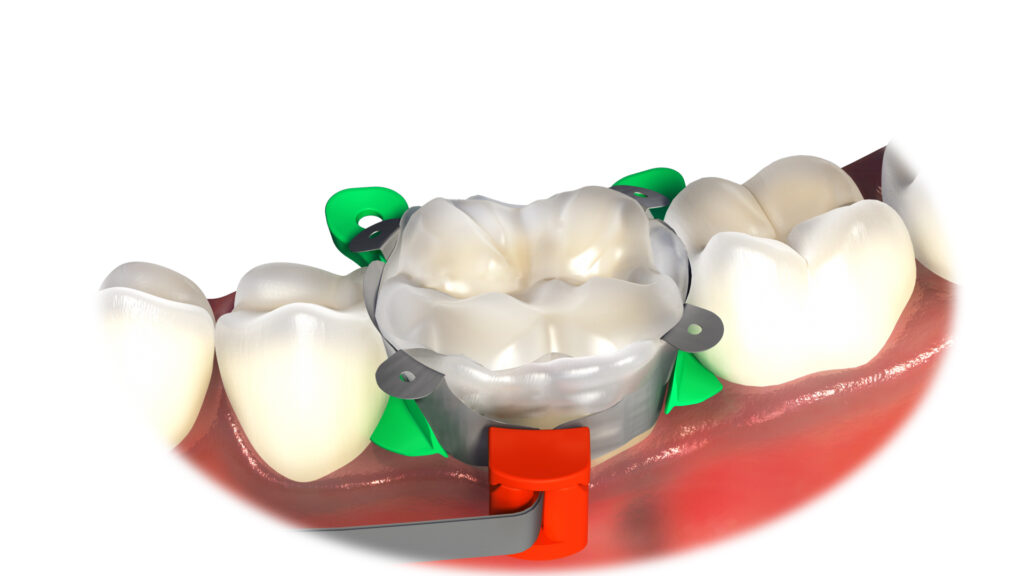
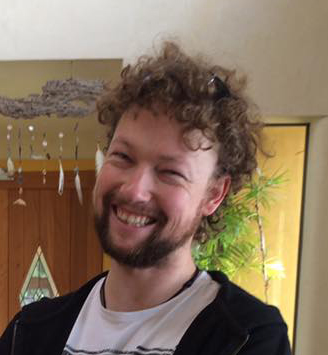
Peter McDonald is a 3D / CAD animation designer for Rhondium, a company based in New Zealand which makes dental equipment. The company uses the latest high-tech methods such as 3D CAD design software, full five-axis, high-precision CNC milling machines and 3D printing to bring high quality products to market quickly.
What kind of images do you create (animations, still images…) and who do you make them for (dentists, patients…)?
I create instructional animations, advertising animations and still images for marketing to dentists.
We don’t currently advertise to patients but we might be soon. I am also doing graphic design and website design for Rhondium, learning new skills and taking on more tasks when needed.
Rhondium’s One Visit Crown is like nothing else on the market so it can be hard to explain the technique and benefits, traditional photography and filming is very hard to do in the mouth so
using 3D animation really helps to explain how the product works and how to use it.
Are there any technical constraints or difficulties that would be specific to the medical sector?
I suppose the biggest difficulties would be the regulatory requirements put on a medical company. The paperwork and traceability of everything needs to be very robust and stand up to audits from the FDA if we want to sell in America. From an animator perspective, I think the small scale of things and high precision needed can be difficult but I have found a nice way to take models from Solidworks CAD software into Maya. Also going for a realistic look can be difficult with the complexity of medical animations.

Today, your patients can receive a dental treatment for a crown that has been designed in 3D and cast in 3D designed molds. Do you think that tomorrow the dentist will be a robot?
I think the human decision making will still play a part in future dentistry and maybe would go in the route of augmented reality, giving the dentist more vision, or overlayed 3D vision of the tooth.
The dental assistants or drilling arms could be robotic in the future but with the way technology is progressing and with AI systems not too far away, who can tell what will happen in the future.
Maybe we will just grow new teeth in the future instead of needing a dentist so much?
